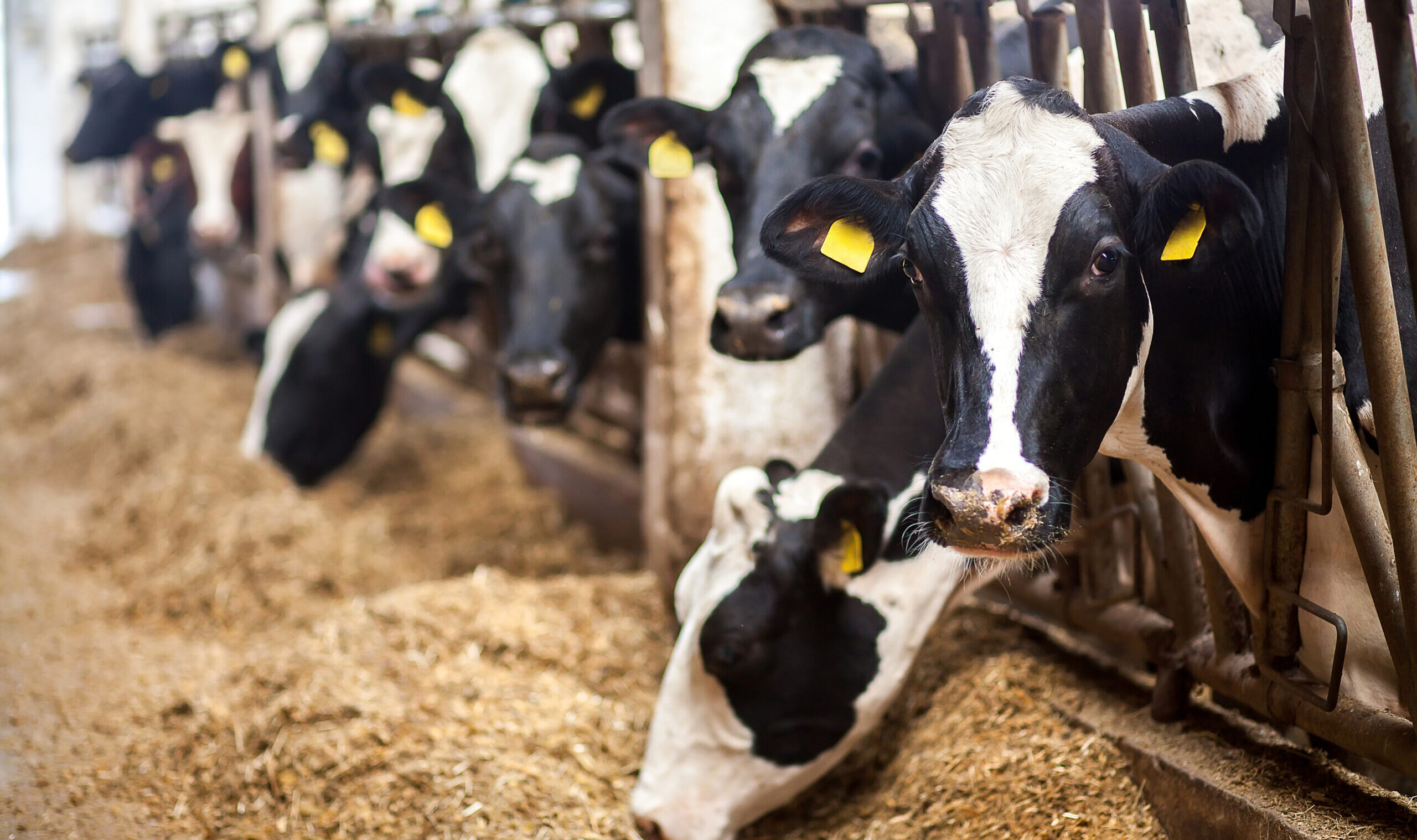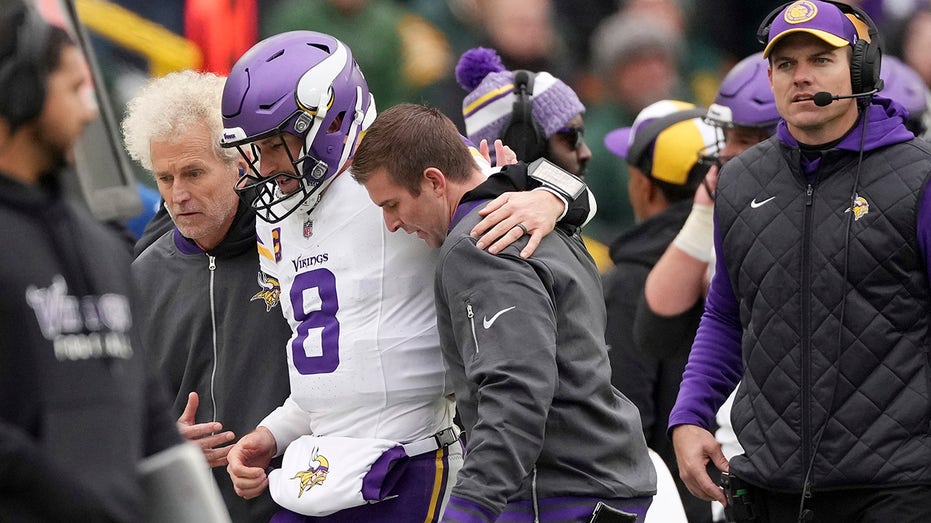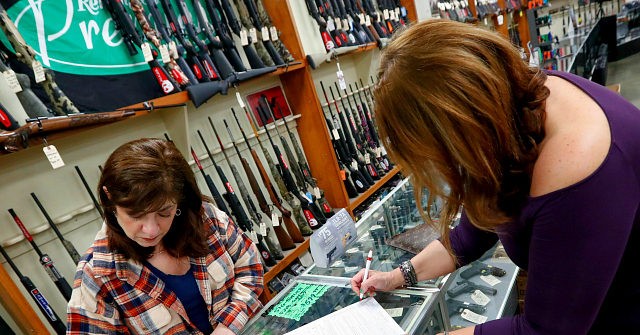Small Cattle Farmers Win Friends in Washington
As animal farming becomes more controversial, and concerns about pandemics intensify, a federal government initiative to track the interstate movement of every head of cattle and bison may well make matters worse. The post Small Cattle Farmers Win Friends in Washington appeared first on The American Conservative.

Small Cattle Farmers Win Friends in Washington
As animal farming becomes more controversial, and concerns about pandemics intensify, a federal government initiative to track the interstate movement of every head of cattle and bison may well make matters worse.

There are at least two proven ways to cause a ruckus in the state of Kentucky. The first is to brag about the superior qualities of Tennessee whiskey. The second is to tell a farmer that, in the words of old Ronnie, you’re from the government and you’re here to help.
The U.S. Department of Agriculture has done the latter, and Rep. Thomas Massie, a Kentucky Republican, took to X (formerly Twitter) this week to sound the alarm over a new rule proposing to electronically track every head of cattle and bison.
Herd animals are already required by the USDA to be visibly tagged for tracking, but now the bureaucracy wants them to be electronically traceable too. For the average American who has little or no connection to industrial farming operations, this sounds strange. Why would the government need to track animals? The purported reason is to prevent the spread of disease—or at least to track its spread, and better identify contaminated meat cattle that have mixed with the uncontaminated. The USDA plans to require electronic tags to better protect our “national livestock herd,” also known as our national meat supply.
It is necessary here to take a step backward and explain some facts about the nature of industrial agriculture and food processing. In order to have ground beef in every grocery store every day of the week for less than $4 per pound, a few things have to happen.
First, cattle must be fed a corn-heavy diet, to fatten them to a weight and at a speed which a grass-only diet could never match. This diet is not natural to cows. It causes serious gut problems for cows and humans—more on that in a moment. Still, it is still the industry’s preferred method of fattening cattle due to the simple equation of greatest yield (saleable meat) per the shortest period of time. The switch from grazing to feeding also allows a lot more meat cows to be crammed into fewer penned lots, saving the farmer in both acreage and grass.
Of course, this results in very poor conditions for the cows, which often stand ankle-deep in their own waste and mud. Once fattened, cattle are shipped to central slaughter houses, where beef from multiple parts of the country may be mixed indiscriminately in the butchering process: One pound of hamburger could come from the meat of hundreds of different cows. The manure caked to the cow hide doesn’t always come off before processing (rinsing the cow offers another host of problems), and often contaminates the meat itself, raising the risk of salmonella spread. To ameliorate this, skinned beef carcasses are sprayed with an acid mixture to kill some pathogens and rinse off visible contaminants.
This centralized slaughtering isn’t just convenient; it is federally mandated for most types of large cattle farming. Farmers who have attempted to butcher elsewhere or by different methods have been fined and hounded by the USDA.
It is not hard to see how such a setting is a breeding ground for disease and pathogen spread. Indeed, while most infectious diseases in humans originate from animals, many would not exist in our food but for the trade offs made to produce meat at industrial scale. As one example of this, the producers of the 2008 documentary “Food, Inc.” reported at the time that dominant strains of E. coli had been transmitted to humans as a result of feeding cows corn: The feed damages their gut even as it fattens them quickly. When that same bacteria is ingested by humans, it can cause severe illness, kidney failure, and death. But it is the cross-contamination that really makes these bacteria lethal. The very existence of a “national meat supply,” all coming from the same order of USDA regulated slaughterhouses, means that just a few sick cows can impact massive quantities of food almost instantaneously. That is, industrial farming puts all the eggs in one basket, and then wants individual tracking numbers to know when one breaks.
Miraculously, E. coli can be eliminated from cattle within days by returning them to their herbaceous diet. It is possible, and even likely, that a return to decentralized farming would solve a lot of other food diseases too: Certainly, it would at least limit the impact of one sick herd on a nation’s worth of meat. But the food industry and its regulators are not interested in such revolutionary changes as feeding cows grass. The centralized approach to cattle, deeply calcified by decades of federal regulations and lobbying from the “Big Four” meat packers who stand to benefit from these economies of scale, is accepted as a law of nature as certain as gravity, around which all of life must work and eat.
That’s one reason why Beef Products, Inc., a meat processing company, became so dominant in the early 2000s. BPI had come up with a solution to the slaughterhouse disease problem which didn’t depend on open fields. Their solution, which all but eliminated major strains of E. coli from their beef products, was deemed so safe and clean by the USDA that the federal agency exempted BPI from all routine testing in 2007. It was a filler compound, made of butchering scraps and ammonium hydroxide, now pejoratively referred to as “pink slime.” When BPI combined it with ground beef, the ammonia killed countless foodborne pathogens. BPI’s product was a major supplier of McDonald’s, Burger King, Walmart, and the School Lunch Program under the Obama administration.
Mercifully, Beef Products was dropped by most of these companies a few years later, after complaints of meat that smelled strongly of ammonia. BPI has since closed most of its facilities. But while BPI was put through the slaughterhouse of public opinion, industrial food processors have simply turned to alternate bandage solutions, of which electronic ear tags are just the latest.
Massie’s principal concern is how these electronic tags will hurt small farmers, many of whom choose to operate in line with more traditional farming practices, despite the greater expense.
“A rule requiring electronic ear tags will do to cattle and bison what central bank digital currency does to our dollar,” Massie told The American Conservative. “The sale of animals can be monitored and blocked if farmers are not compliant. Compliance with 100 regulations won’t be possible outside of a corporation. Farmers will become serfs to the corporations.”
Together with Wyoming’s congresswoman Harriet Hageman, Massie petitioned to amend a USDA appropriations bill to defund any electronic tag mandates in 2023, an amendment which failed to pass. A spokesperson from Massie’s office said the Kentuckian will continue to fight to defund the mandate, which is the only real political recourse: Stopping the train of the federal register, where the rule is to be placed, will involve circling all the political wagons.
The post Small Cattle Farmers Win Friends in Washington appeared first on The American Conservative.
What's Your Reaction?
















